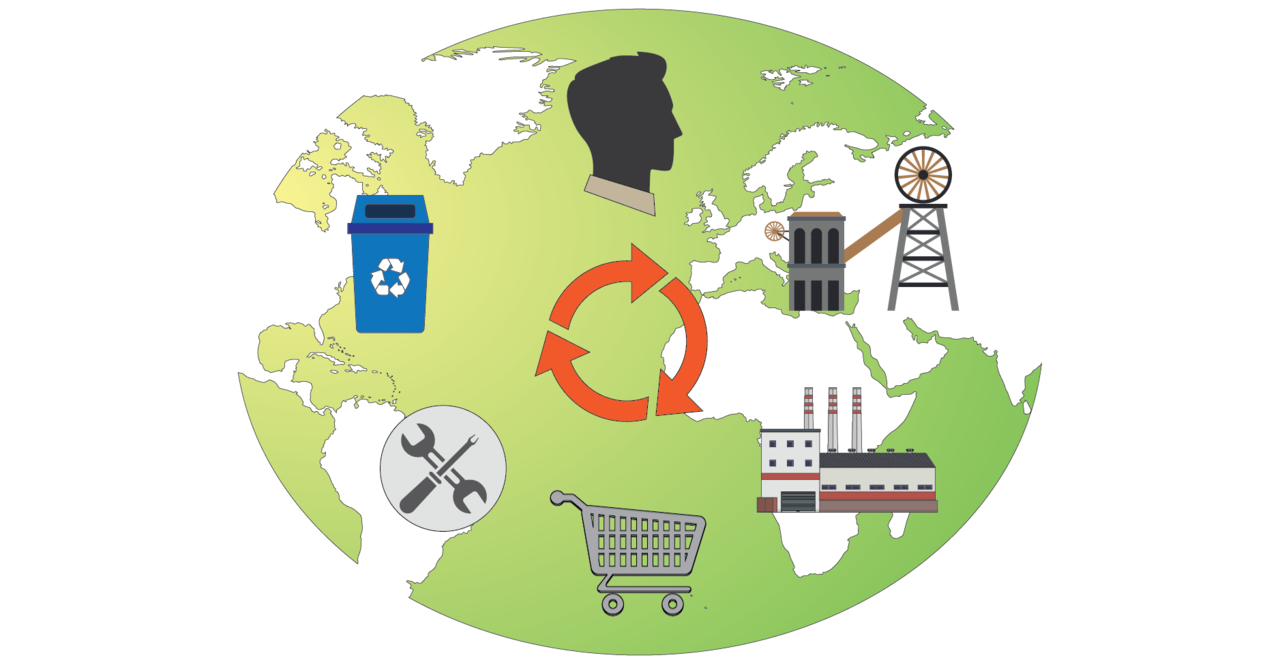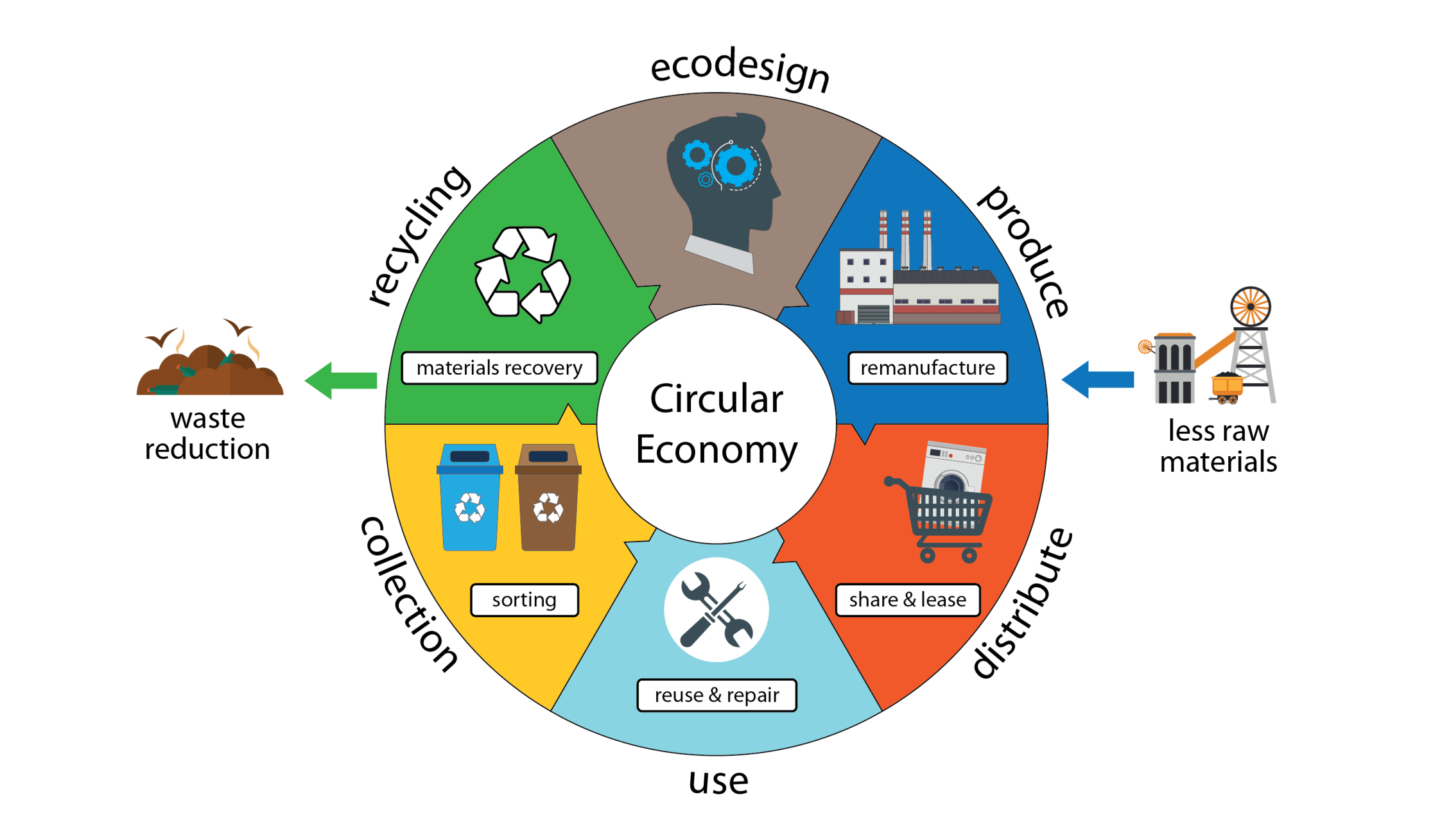Circular Economy. Why Should We Switch to It?

Smartphones & e-waste. In 2007 Apple introduced its first iphone, since then over 7 billion smartphones have been sold all over the world. This number is almost equal to number of people on our planet. The average smartphone life cycle is now less than two years. The moment you get a new 2-years contract from your mobile operator you can forget about the old phone. Most of the used smartphones and other electronic devices simply dumped in the landfills. It feels like modern electronics were designed to be thrown out every year. Recent statistics estimates that nearly 44.7Mt of e-waste was generated in 2016 and only 20% of it were properly recycled.
Linear economy, what’s wrong with it? Most of today’s business models are based on linear economy – we extract materials, make product, use it and at some point throw it out when it’s broken or obsolete.

Linear economy principles – there will be always enough resources to extract and a place where to send used products and waste – can’t be further applied in modern world. We are using natural resources faster than they can regenerate.
Such economical system is unsustainable and it cannot last any longer, otherwise with growing population and products demand we will be quickly out of resources and surrounded by landfills. Although there are some recycling and reuse processes, they are not enough to make significant change in this economical model.
Circular economy and how it can change current situation? The main goal of Circular economy is to minimize waste and extraction of raw materials by keeping products, components and materials in use as long as possible. Circular economy establishing sustainable system where products can be reused or repaired and components remanufactured or recycled. Waste from one production process should become a raw material for another. Having same materials in the production loop helps to reduce energy and minimize extraction of raw materials. Some good practices of circular economy like repairing cars and bicycles, recycling glass and plastic bottles already exist in our society on the local level. This is where governments need to take an active role to spread these practices in every economic field.

The first step in implementing the circular system is proper design. Product has to be designed according to 4 cycle principles: reuse, repair, remanufacture and recycle. These principles will allow to create sustainable goods, and in case if they breaks it should be easy and cost effective to repair them. This gives a potential for small and easy accessible repair shops to spring up.
Products which can’t be repaired should be disassembled to simple parts some of them will be regenerated and used again as a spare parts – for example many car makers already collect and remanufacture: turbochargers, hydraulic pumps, radiators and other components, which are later used in their auto services.
Renting and sharing business models although exist already in some economic sectors have further potential to develop. We are all familiar with car or bike sharing systems in big cities. Same business model can be applied for example to work tools – most of us use screw driver or electric drill very occasionally, but keep those stuff for decades at home. Why not rent these tools instead in a “Tool Library” when we really need them? In such model companies will be focusing on distribution to customer services not the products. Their priority will be to design, make and maintain the product in order to keep it in the sharing loop as long as possible. This system is about sustainability, it will take us away from non-renewable practices.
Some drawbacks. Like each system circular economy has some limitations, some of its principles before mass implementation require additional study. For instance global remanufacturing may require additional infrastructure for collecting used goods, which may lead to additional impact on the environment. Recycling from the other hand has its own disadvantages - some materials like plastics after recycling do not have the same quality and properties as the virgin one, therefore some amount of resource extraction still may happen.
When will we get there? Circular model not suppose to solve all our environmental problems, but it’s showing the path to sustainable economic society. A lot of should happen before we completely switch to circular economy: technology, infrastructure, new regulations, but the most important there needs to be a change in people’s mindset.
We have to learn how to share things and change our attitude towards our consumption habits. It won’t happen in a day and like all good things it will take time…
Further watching and reading: